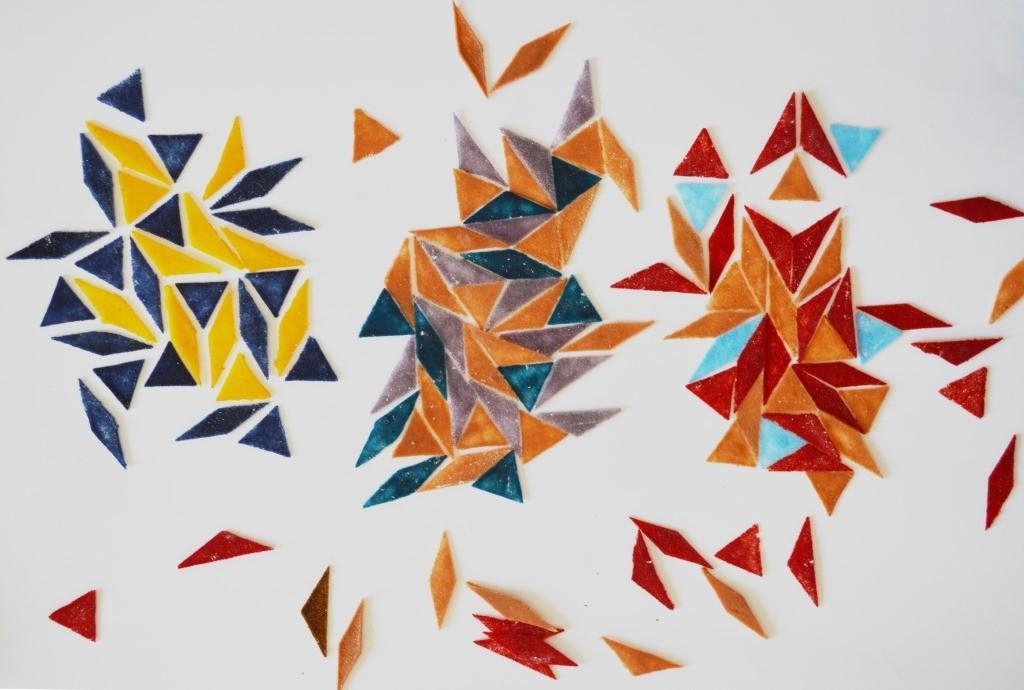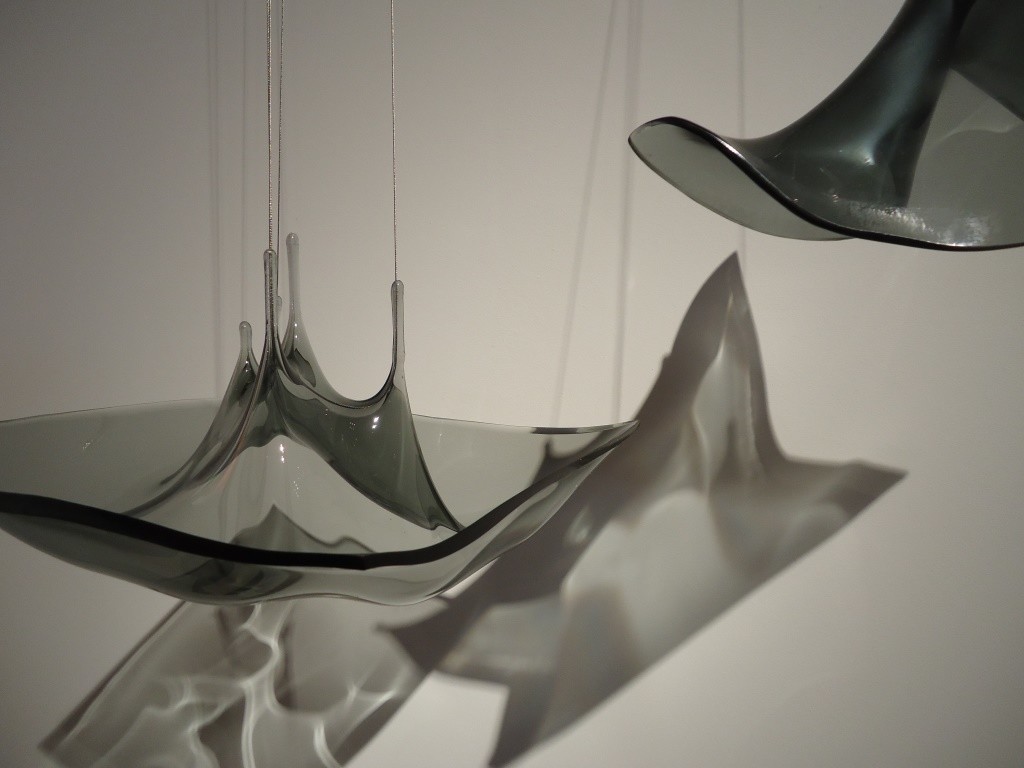This summer, the visitors of the Museum of Glass Art on Yelagin Island in St Petersburg have the chance to see what is going on in the Estonian glass art scene.
The pieces will show where and how Estonian glass artists have developed and what is the direction the young glass artists have taken at present.
Artists Aleksandra Pavlenkova, Andra Jõgis, Caspar Sild, Kateriin Rikken, Kristiina Oppi, Külli Nidermann, Maarja Mäemets, Maria Tamm and Mikk Jäger will show their works, some of which were created under the guidance of Eeva Käsper, Eve Koha, Kristiina Uslar, Mare Saare and Tiina Sarapu. The curator if the exhibition is Maria Tamm.
 “Estonia, being a small country with only a few art schools and the Estonian Academy of Arts offering higher glass education, is an interesting scene to observe. All our glass artists come from the same background, and the founders of the glass art department were teachers of our teachers. However, it is rather intriguing to see, how the contemporary world, and people’s personal backgrounds, affects their art,” Tamm said.
“Estonia, being a small country with only a few art schools and the Estonian Academy of Arts offering higher glass education, is an interesting scene to observe. All our glass artists come from the same background, and the founders of the glass art department were teachers of our teachers. However, it is rather intriguing to see, how the contemporary world, and people’s personal backgrounds, affects their art,” Tamm said.
The exhibition will display a large variety of glass-making – there are over 50 sculptural and 2D works displayed at the museum. The works feature use of different techniques, as well as glass combined with other materials such as wood, metal and concrete. “Most of the works are impelled by personal dilemmas and struggles, while some have been inspired by the artists’ surroundings. Nevertheless, in one way or another, all of them describe the current situation of the present time and the world that we live in,” Tamm added.
According to her, an important turning-point for the Estonian glass art was “the studio glass movement” that reached Estonia in the beginning of the 90s. Nowadays, it is most relevant for the artist not only to design, but also to be the maker. “The fading of the big and important glass factory “Tarbeklaas” (a Soviet-era, but a progressive Tallinn-based factory) has made way for small studios and more intimate glassmaking. This means that every object made, is one of a kind, and unique.”
Tamm said that finding different ways to work with their beloved material had granted Estonian glass artists with important recognition both at home and abroad. “’Ongoing/going on’ shows that Estonian glass art is lively and multi-layered. We continue to appreciate the heritage, but not by continuing in the same old footsteps. New ways of glass making has inspired the participating artists to open up, develop themselves and move toward experimenting, with both the material and their own abilities.”


